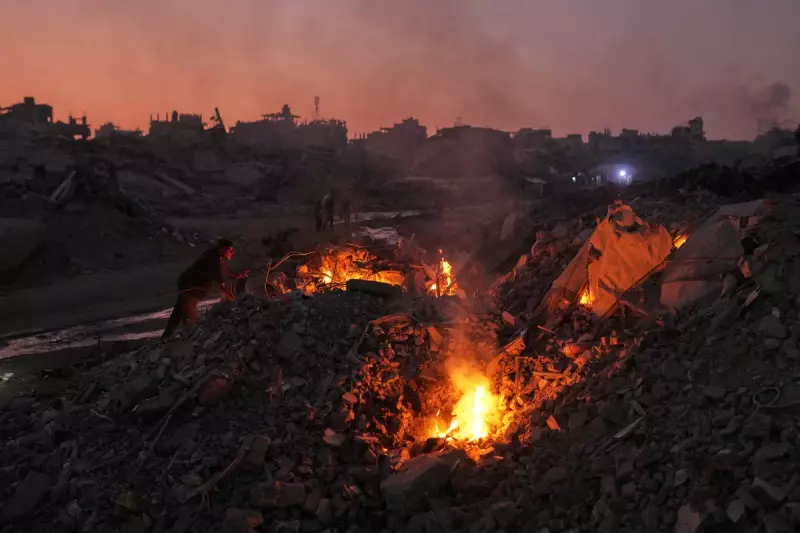
In a significant development under the fragile US-brokered ceasefire, Israel has returned the bodies of 15 Palestinians to the Gaza Strip, according to health officials.
The Latest Exchange in a Fragile Truce
The transfer occurred on Friday, with officials at Nasser hospital in Khan Younis confirming the receipt of the remains. This action forms a direct part of the exchange mechanism central to the ceasefire's first phase, which stipulates that for every hostage returned by Hamas, Israel releases the remains of 15 Palestinians.
This particular exchange was triggered by the late Thursday handover of the body of one of the last remaining Israeli hostages. Militants in Gaza returned the body of Meny Godard, who was abducted from Kibbutz Be’eri during the Hamas-led attack on southern Israel on October 7, 2023. The armed wings of both Hamas and the Palestinian Islamic Jihad stated that Godard's body was recovered in southern Gaza.
The Broader Picture of the Ceasefire Agreement
Since the ceasefire between Israel and Hamas began on October 10, 2025, the remains of 25 hostages have been returned to Israel. This figure includes the 20 living hostages Hamas returned on October 13. Officials confirm that three more hostage bodies remain in Gaza and need to be recovered and handed over.
On the Palestinian side, the scale of the return is much larger. Gaza Health Ministry officials report that the total number of Palestinian bodies received so far has reached 330. A significant challenge has emerged in the identification process, with only 95 of these remains having been formally identified. Health officials attribute this difficulty to a critical lack of DNA testing kits, complicating efforts to give names to the deceased.
Accusations and the Path Forward
The exchanges have proceeded despite ongoing tensions, with both Israel and Hamas accusing each other of violating other terms of the deal. Israel has accused Hamas of handing over partial remains in some instances and of staging the discovery of bodies. Conversely, Hamas has accused Israel of opening fire at civilians and restricting the flow of crucial humanitarian aid into the territory.
This fragile agreement aims to wind down a war that was triggered by the Hamas-led attack which killed about 1,200 people in Israel and saw 251 taken hostage. Israel's subsequent military offensive has, according to Gaza’s Health Ministry, killed more than 69,100 Palestinians in Gaza. The ministry, while part of the Hamas-run government, is staffed by medical professionals and its records are generally viewed as reliable by independent experts.
The next phases of the 20-point ceasefire plan envision more ambitious steps, including the creation of an international stabilisation force, the formation of a technocratic Palestinian government, and the disarmament of Hamas.





